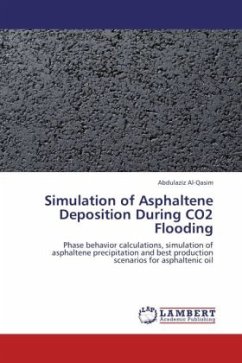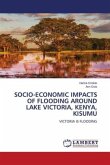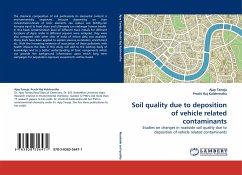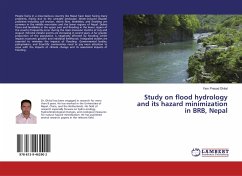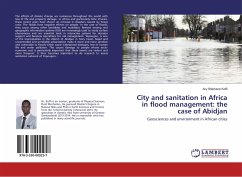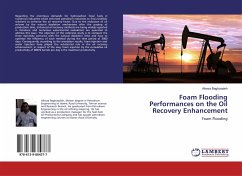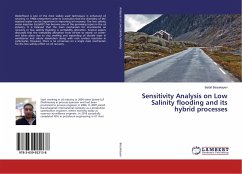This thesis presents the results of phase behavior calculations and simulation of asphaltene precipitation, flocculation, and deposition in five wells from Saudi Arabia and UAE, for the first time. Asphaltene precipitation becomes a serious problem especially when it causes plugging of the formation, wellbore, or production facilities. Asphaltene prevention techniques are discussed in details and supported by simulated case studies for the five wells. Asphaltene precipitation was modeled by using WinProp (a phase behavior utility from CMG) which uses Nghiem solid model. Asphaltene precipitation, flocculation, and deposition have been simulated throughout the primary (pressure depletion), secondary (Waterflooding) and tertiary recovery (CO2 injection) stages. Several production scenarios that include different bottomhole and production rate constraints, different WAG cycles and different completion/injection scenrios were tested to investigate and identify the cases with lowest asphaltene precipitation and higher recovery. The thesis includes a 1D simulation comparison study of asphaltene precipitation between three different compositional simulators; UTCOMP, ECLIPSE and CMG/GEM.
Bitte wählen Sie Ihr Anliegen aus.
Rechnungen
Retourenschein anfordern
Bestellstatus
Storno

